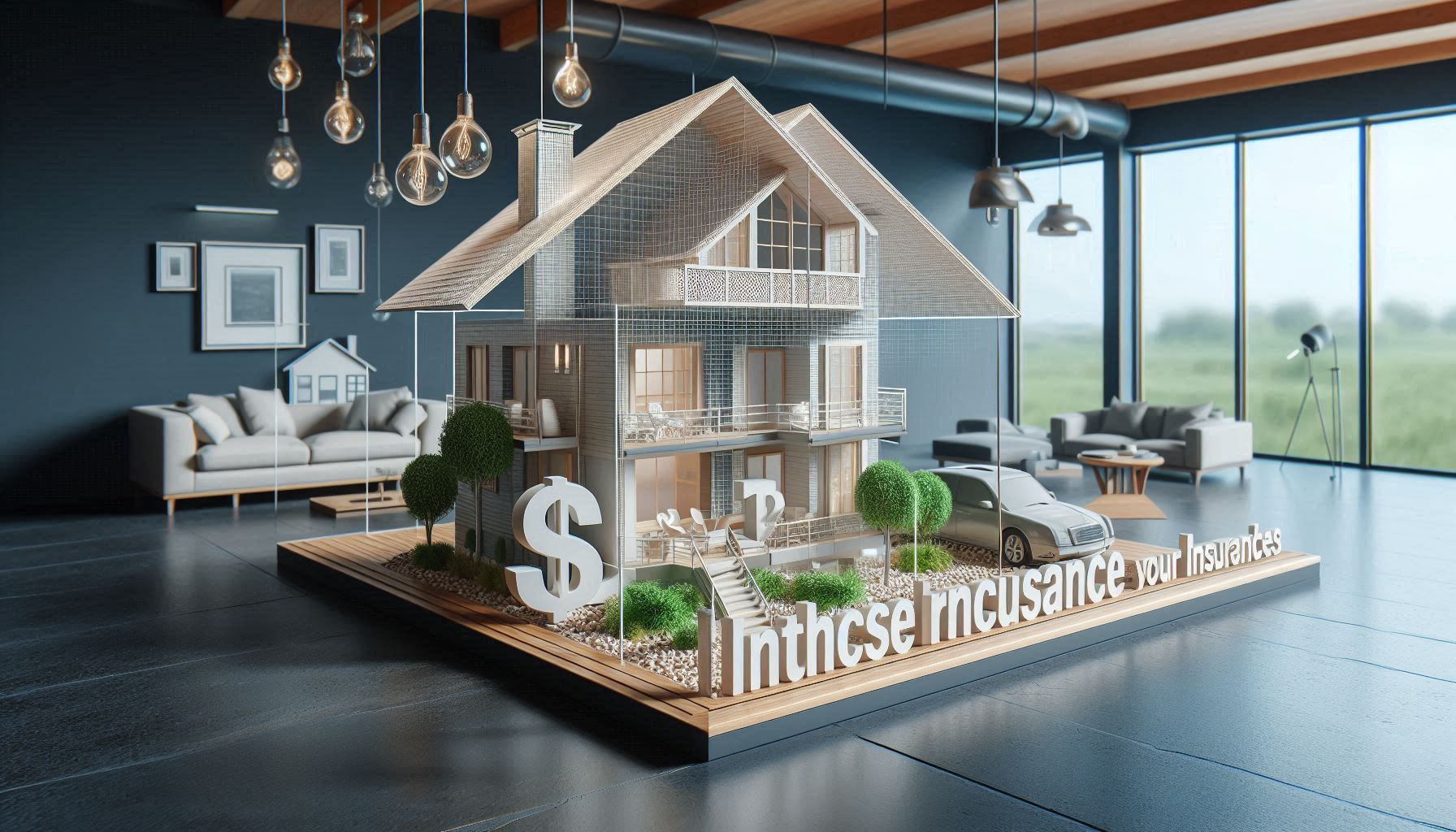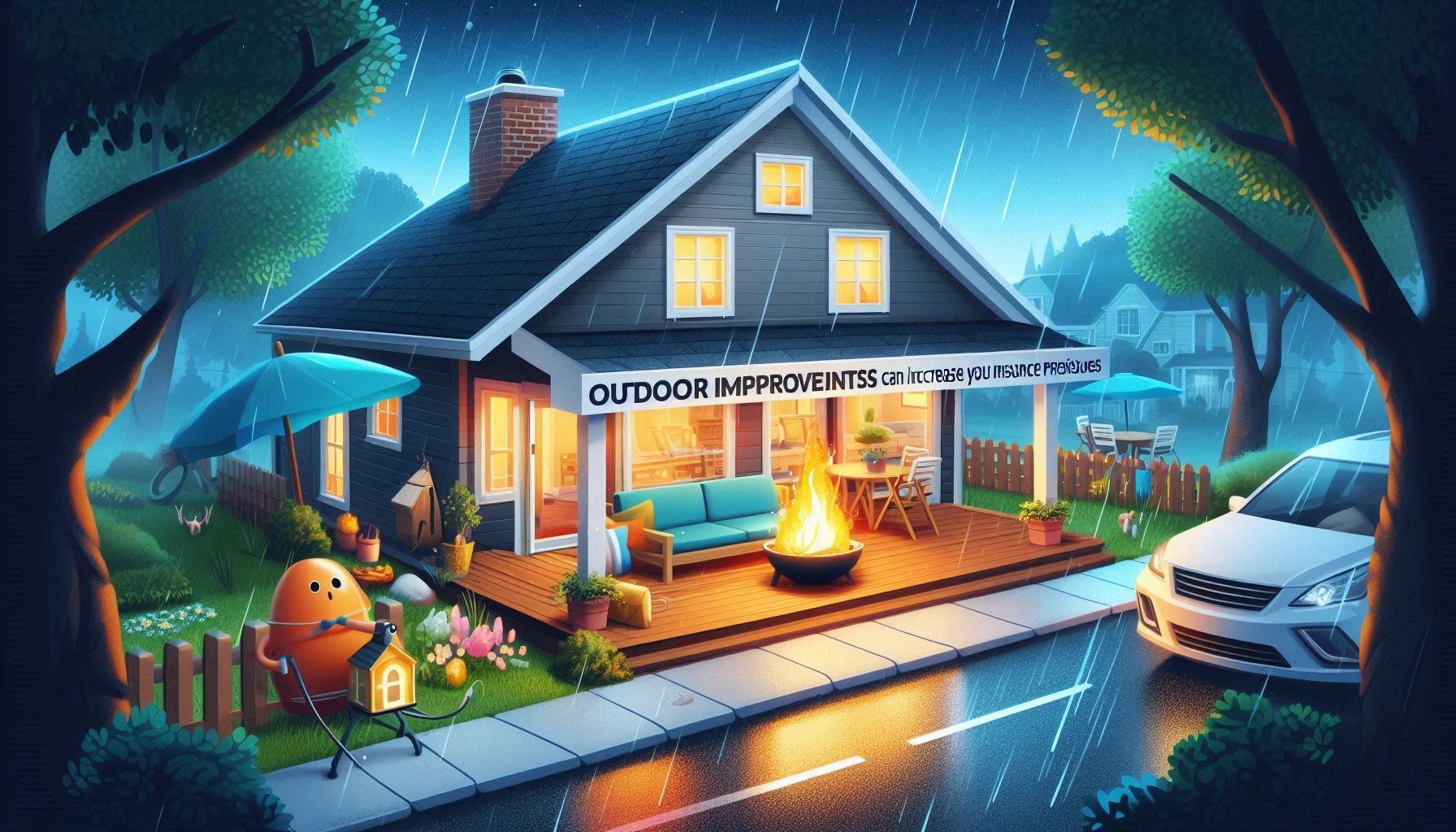The Top 5 Home Renovations That Can Increase Your Insurance Premiums
As you consider renovating your home, it’s essential to be aware of the potential impact on your insurance premiums. While renovations can increase your home’s value and functionality, they can also affect your insurance costs. In this article, we’ll explore the top 5 home renovations that can increase your insurance premiums and provide you with valuable insights to help you make informed decisions.
Renovating your home can be a thrilling experience, but it’s crucial to consider the long-term implications on your insurance premiums. Homeowners insurance is designed to protect your property from unexpected events such as fires, floods, and theft. When you make significant changes to your home, you may be increasing the risk of damage or loss, which can lead to higher insurance premiums.
High-End Renovations That Can Increase Your Insurance Premiums
High-end renovations can significantly increase your insurance premiums. These types of renovations often involve expensive materials, complex designs, and advanced technologies. Here are a few examples of high-end renovations that can increase your insurance premiums:
-
- Luxury kitchen renovations: Installing high-end appliances, granite countertops, and custom cabinetry can increase your insurance premiums by 10-20%.
-
- High-end bathroom renovations: Adding marble or granite countertops, designer fixtures, and heated floors can increase your insurance premiums by 15-30%.
-
- Smart home renovations: Installing advanced security systems, smart locks, and high-tech lighting can increase your insurance premiums by 10-20%
These high-end renovations can increase your insurance premiums due to the higher risk of damage or loss. For example, luxury appliances and fixtures may be more prone to damage or theft, while smart home systems can be vulnerable to hacking.
Structural Changes That Can Increase Your Insurance Premiums
Structural changes to your home can also increase your insurance premiums. These types of changes involve significant modifications to the foundation, walls, or roof of your home. Here are a few examples of structural changes that can increase your insurance premiums:
-
- Adding a new story or expanding your home: Increasing the size and complexity of your home can increase your insurance premiums by 15-30%.
-
- Foundation repairs or replacements: Fixing or replacing the foundation of your home can increase your insurance premiums by 10-20%.
-
- Roof replacements or additions: Replacing or adding a new roof can increase your insurance premiums by 10-20%
These structural changes can increase your insurance premiums due to the higher risk of damage or loss. For example, adding a new story or expanding your home can increase the risk of collapse or structural failure, while foundation repairs or replacements can increase the risk of water damage or mold growth.
Outdoor Improvements That Can Increase Your Insurance Premiums
Outdoor improvements can also increase your insurance premiums. These types of improvements involve significant changes to your home’s exterior, such as adding a new deck, patio, or pool. Here are a few examples of outdoor improvements that can increase your insurance premiums:
-
- Adding a new deck or patio: Installing a new deck or patio can increase your insurance premiums by 10-20%.
-
- Installing a pool or hot tub: Adding a pool or hot tub can increase your insurance premiums by 15-30%.
-
- Landscaping and hardscaping: Installing new landscaping and hardscaping features, such as retaining walls or stone patios, can increase your insurance premiums by 10-20%.
These outdoor improvements can increase your insurance premiums due to the higher risk of damage or loss. For example, adding a new deck or patio can increase the risk of collapse or structural failure, while installing a pool or hot tub can increase the risk of accidents or damage.
Energy-Efficient Upgrades That Can Increase Your Insurance Premiums
Energy-efficient upgrades can also increase your insurance premiums. These types of upgrades involve installing new systems or appliances that reduce energy consumption and improve your home’s sustainability. Here are a few examples of energy-efficient upgrades that can increase your insurance premiums:
-
- Solar panels: Installing solar panels can increase your insurance premiums by 10-20%.
-
- High-efficiency HVAC systems: Installing new, high-efficiency HVAC systems can increase your insurance premiums by 10-20%.
-
- Energy-efficient appliances: Installing new, energy-efficient appliances can increase your insurance premiums by 5-10%.
These energy-efficient upgrades can increase your insurance premiums due to the higher cost of replacement or repair. For example, solar panels can be expensive to replace if they are damaged or destroyed, while high-efficiency HVAC systems can be costly to repair or replace if they fail.
Conclusion
In conclusion, while renovating your home can be an exciting experience, it’s essential to consider the potential impact on your insurance premiums. The top 5 home renovations that can increase your insurance premiums include high-end renovations, structural changes, outdoor improvements, and energy-efficient upgrades. By understanding the potential risks and implications of these renovations, you can make informed decisions and take steps to minimize the impact on your insurance premiums.
Additional Tips
-
- Consult with your insurance agent or broker to discuss the potential impact of your renovations on your insurance premiums.
-
- Consider increasing your insurance coverage limits to protect against potential losses.
-
- Take steps to reduce the risk of damage or loss, such as installing security systems or smoke detectors.
-
- Consider purchasing a separate insurance policy for your high-end appliances or systems.
By following these tips and understanding the potential impact of your renovations on your insurance premiums, you can ensure that your home is protected and that you are prepared for any unexpected events that may occur.






